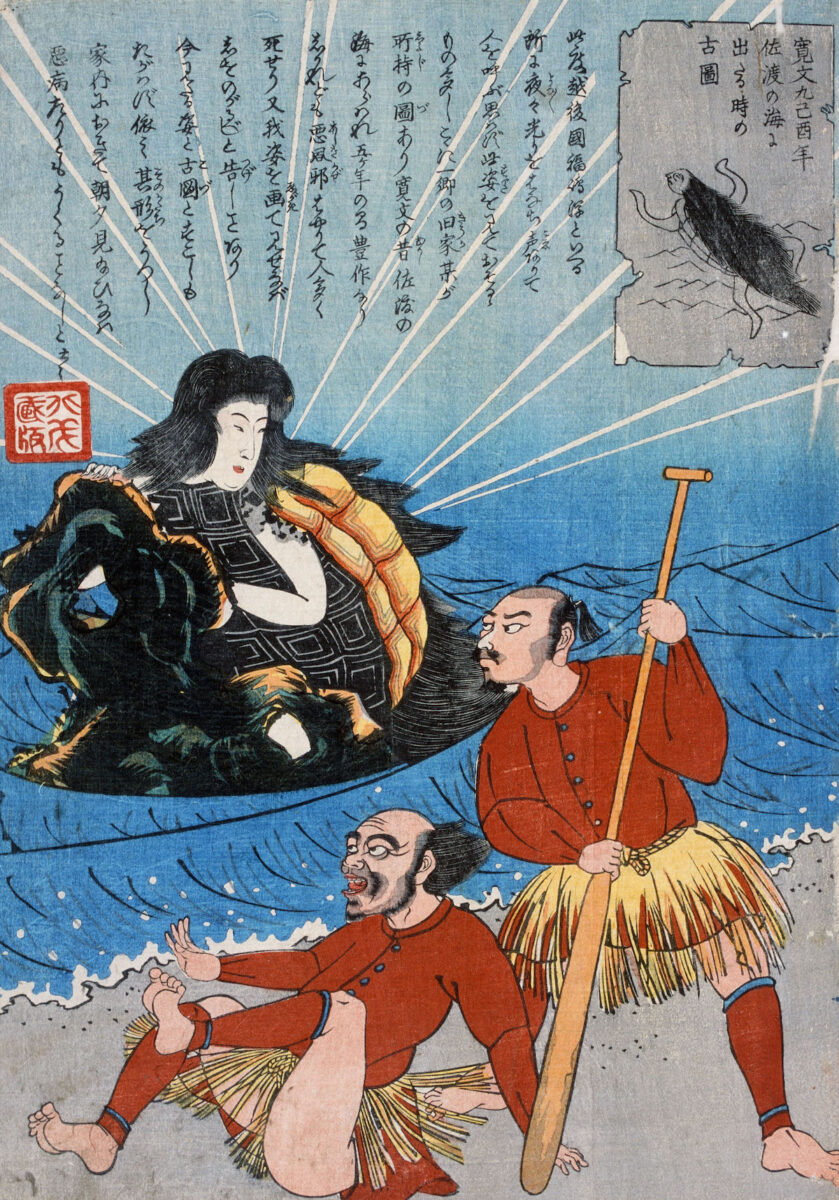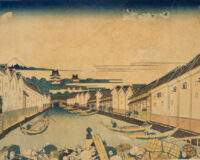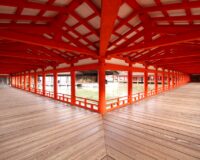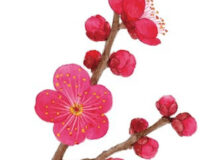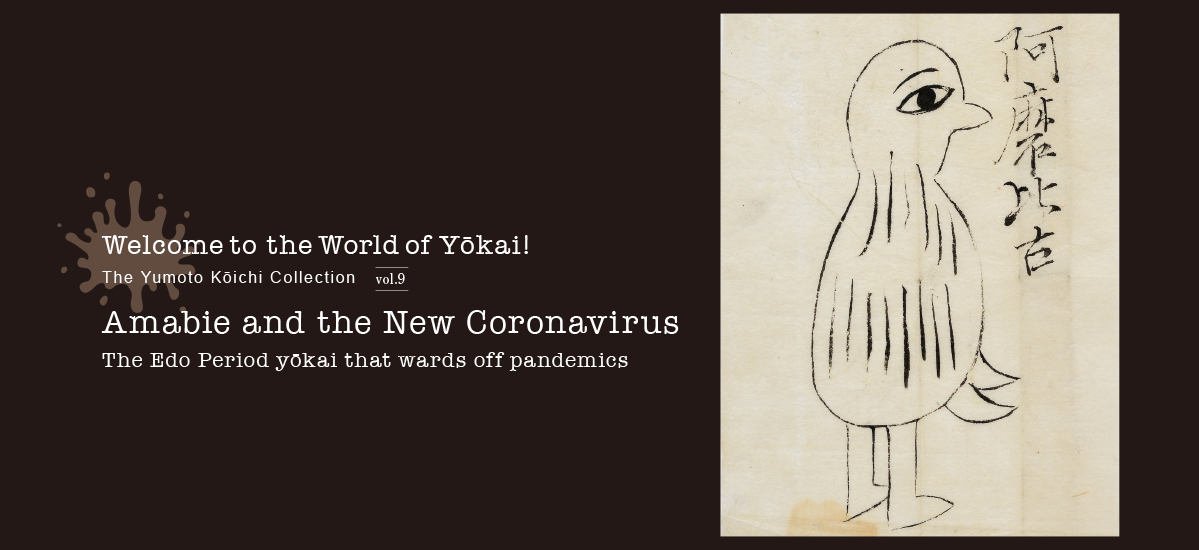
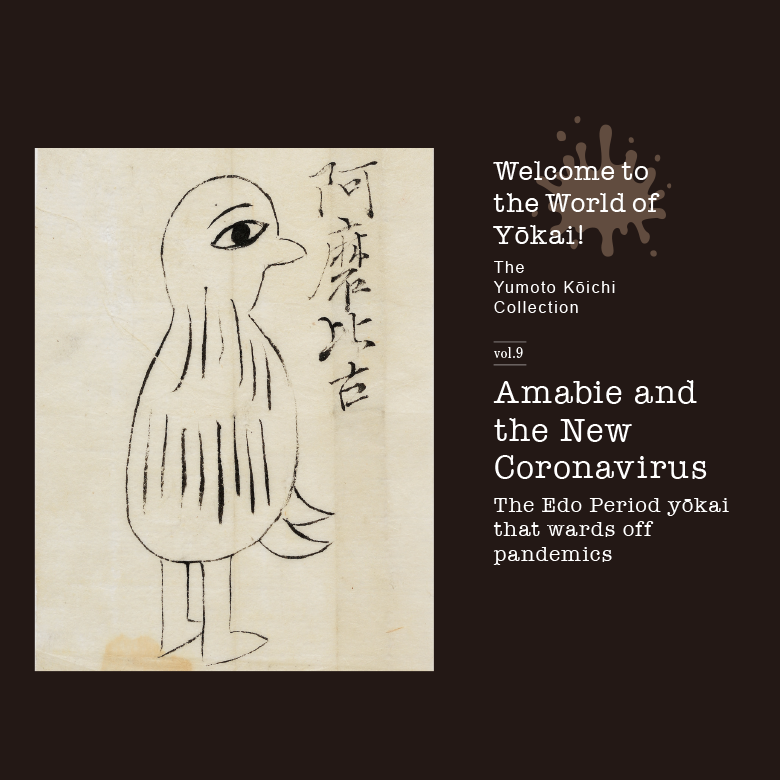
Covid-19, the new coronavirus strain first detected in Wuhan, China, has spread across the globe, gathering momentum daily. In the shadow of the pandemic here in Japan, a beacon of hope has emerged in the unlikely form of Amabie, a mythical creature from Edo Period folklore.
Text : 湯本豪一 Yumoto Kōichi / Cooperation : The Yumoto Kōichi Memorial Japan Yōkai Museum (Miyoshi Mononoke Museum) / English Version : Judy Evans
Keyword : Welcome to the World of Yōkai Series / Amabie / Yōkai / Cholera / Epidemics / Coronavirus / Pandemics
The Edo Period Yōkai that Protects against Pandemics!
Amabie is a fantastical creature that appeared in the sea during the Edo Period (1603 – 1868), predicting bountiful harvests for the following six years, while at the same time warning that serious disease would become widespread. Having delivered its prophecy, Amabie disappeared once again beneath the waves. The creature was described as being covered in scales, with long hair, three limbs and a bird’s beak for a mouth. The story, accompanied by a crude, rather comical illustration of the creature, was reported in a local news sheet, or kawaraban, now held in the Kyōto University Library collection.
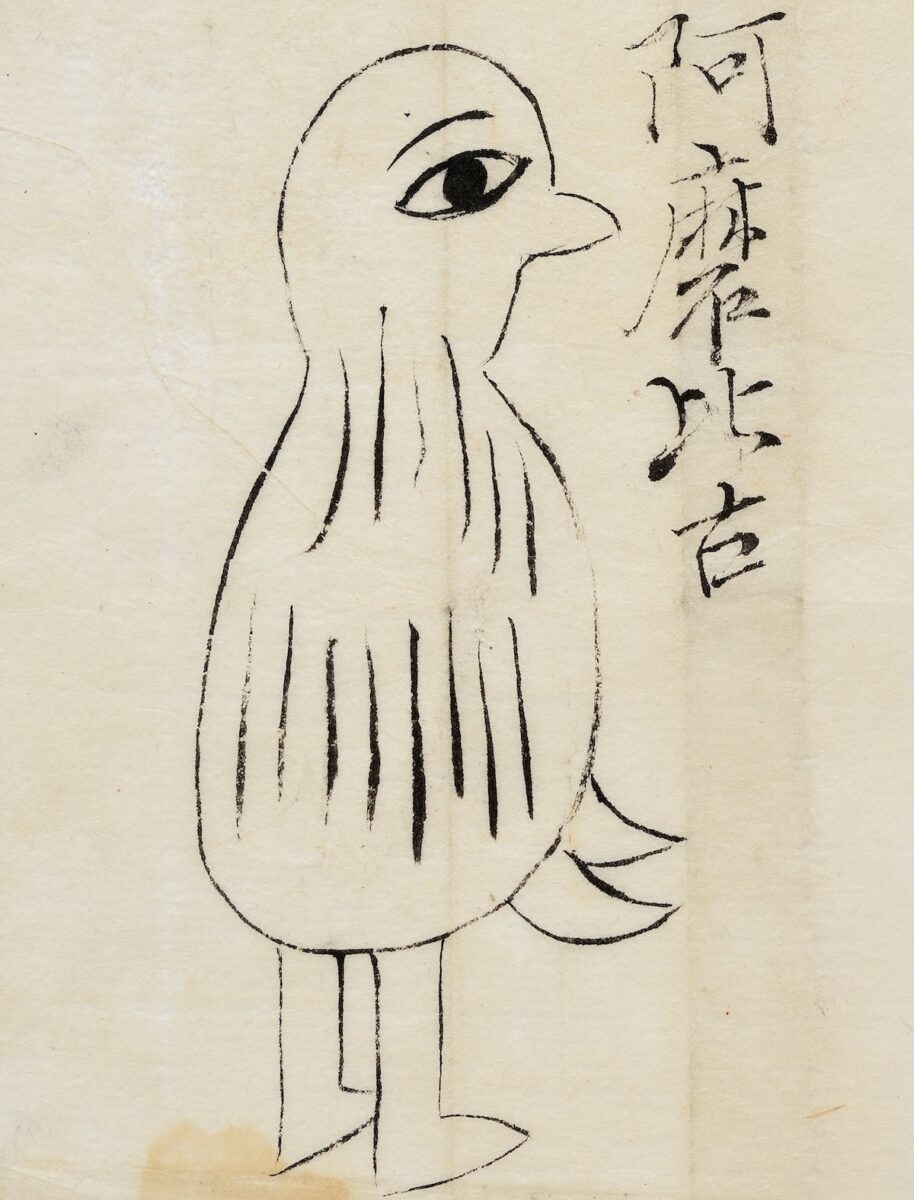
However, the report in the Kyōto University kawaraban told only half the story. It’s the information contained in the other half of the message that is key to understanding Amabie’s true power. This information, which can be found in other sources, is that even the most deadly contagious diseases could be warded off if people drew pictures of Amabie, prayed over the images and placed them at the entrances to their homes.
Curiously, these other sources give the name of the creature as “Amabiko”, not “Amabie”. Amabiko is written with various kanji, including 尼彦 (nun boy), あま彦 (fisher boy), 天日子 (sun child) or 阿磨比古 (likely a set of kanji used phonetically). It seems probable that the name Amabie, as it appeared in the Kyōto University kawaraban, was actually a mis-copying of the very similar-looking phonetic script for Amabiko. Ironically, having been picked up and introduced to modern readers as Amabie, most notably through Mizuki Shigeru’s manga, the erroneous version of this creature’s name is now more famous than the original.
A Double-Barrelled Prophecy
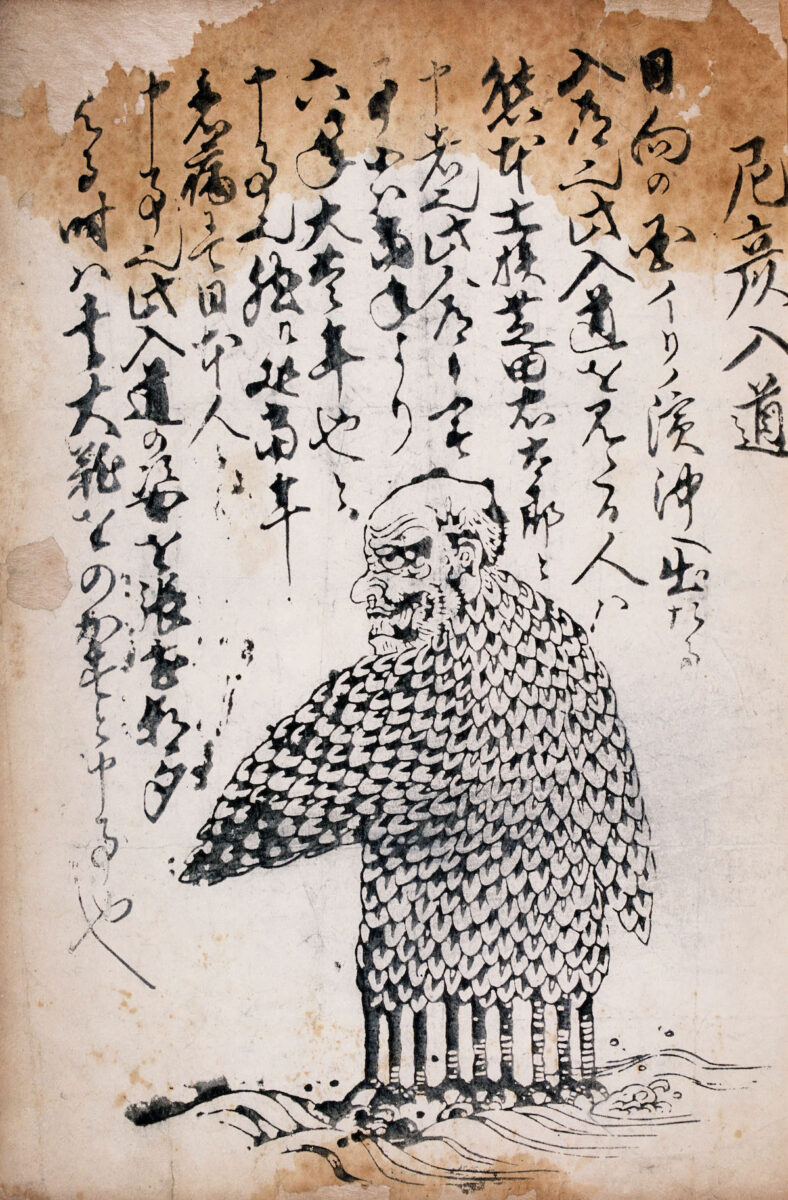
Amabiko’s double-barrelled prophecy deals with two things that were believed to be the work of unseen forces. They were aspects of nature that on the one hand had the greatest effect on human well-being and survival, while at the same time being completely beyond human control. With the abundance of the harvest in any given year being dependent on the weather, and without the scientific or medical knowledge to protect themselves from contagious diseases, the people of the Edo Period must have felt that their very lives were in the hands of fate.
Faced with the hopelessness of life-and-death situations that nobody could do anything about, it is perhaps understandable that a belief in creatures offering the means of salvation would provide comfort to many. The extent of belief in Amabiko’s power to ward off disaster was certainly due to the number of people willing to do anything they could in a time of crisis. What’s more, Amabiko didn’t ask much of anyone. All they had to do was pray to its image and place its picture over the front door.
The Prophetic Yōkai that Found a Place in People’s Hearts
As it happens, Amabiko did not only appear in the sea. Old sources also record Amabiko materialising in rice fields and wetlands. In fact, there are records of similar apparitions popping up in various guises on land, at sea and in the sky.
Belief in these prophetic creatures that offered a means of warding off deadly epidemics when no other solutions were available became deeply rooted in the minds of people during the Edo Period. Thinking now of our forebears, and how they did all they could to survive and thrive in a harsh and unforgiving environment, one’s heart must surely go out to them.
As a side note, in times of uncertainty there will always be those willing to take advantage of the situation. Records from the Edo Period show street peddlers making huge profits selling woodblock prints of prophetic yōkai during times when epidemics raged. This is perhaps the Edo Period equivalent of hiking up the price of face masks during Covid-19!
